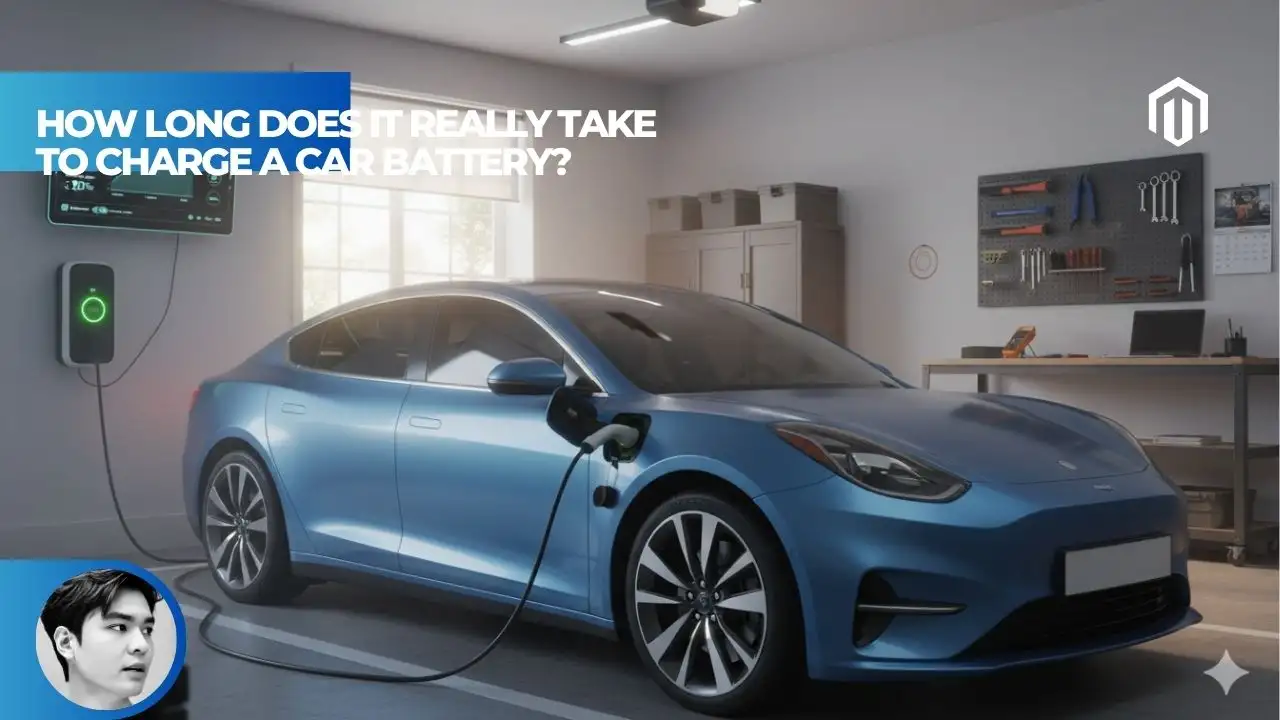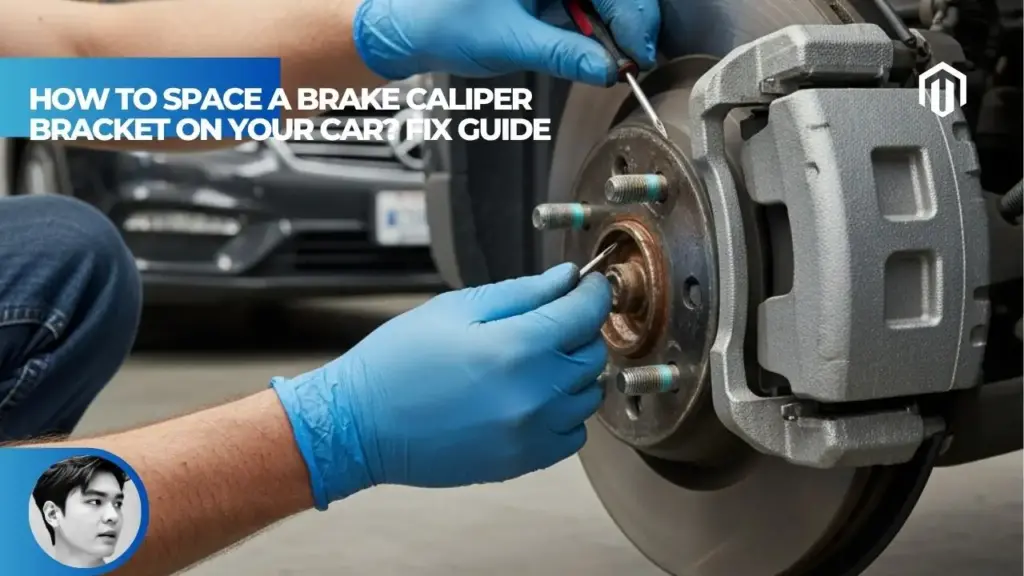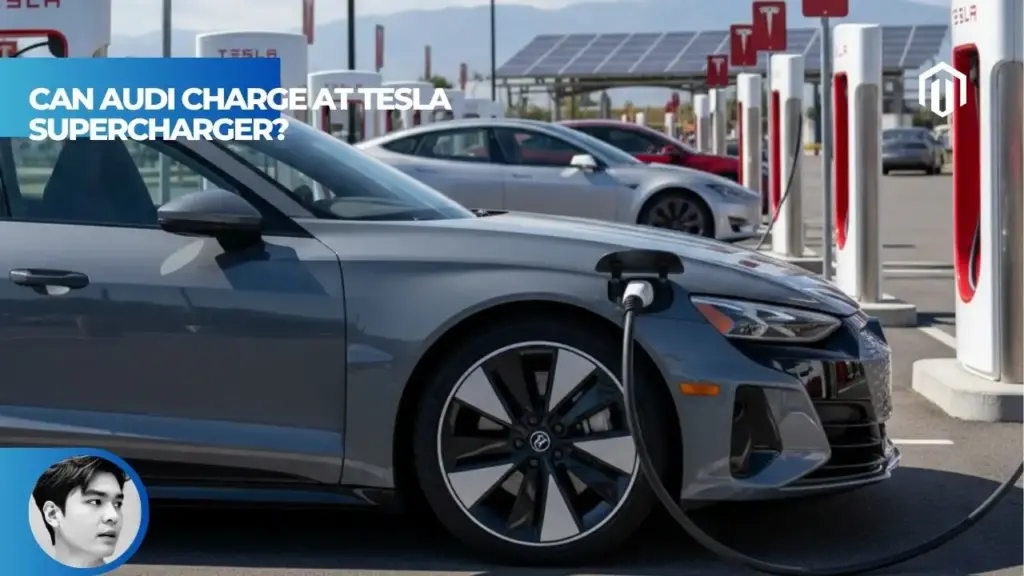J.R. Hildebrand has unveiled an ambitious concept that could reshape motorsports by eliminating aerodynamic downforce in favor of raw mechanical grip. The former IndyCar driver’s “Blackbird 66 Mk. 1” proposal strips away wings and relies on driver skill to manage 1,250 horsepower through corners.
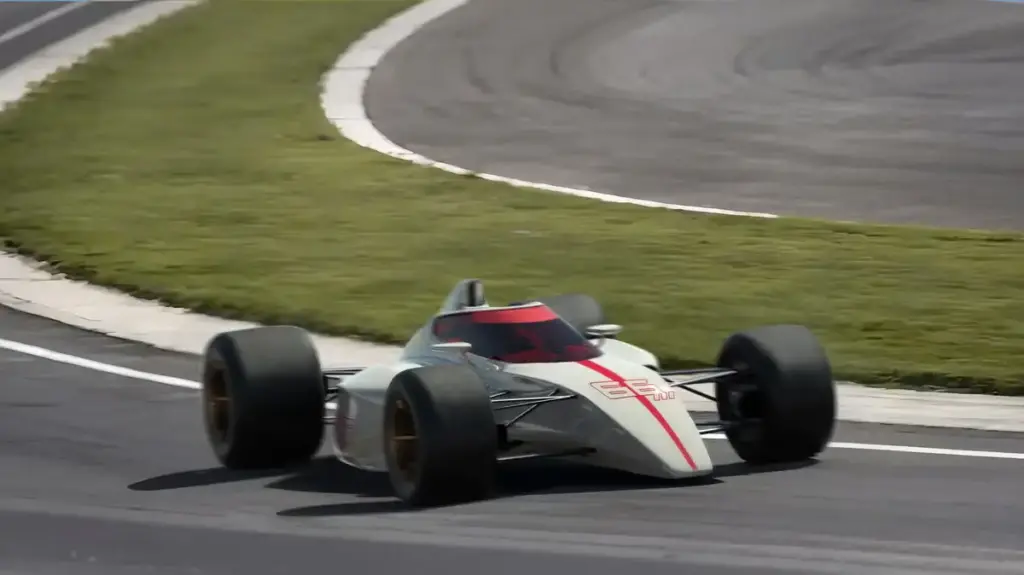
Back to Racing’s Roots
Hildebrand argues that modern open-wheel cars have become too refined, masking the human element that made historic racing captivating. His wingless concept draws inspiration from classic racing eras when drivers visibly wrestled their machines around tracks without aerodynamic aids.
“When it comes to the baseline level of difficulty to get the car around the track, I think cars all across motorsports have gotten easier and easier,” Hildebrand explained. The concept prioritizes visual drama over pure speed, creating a spectacle even during single-car qualifying runs.
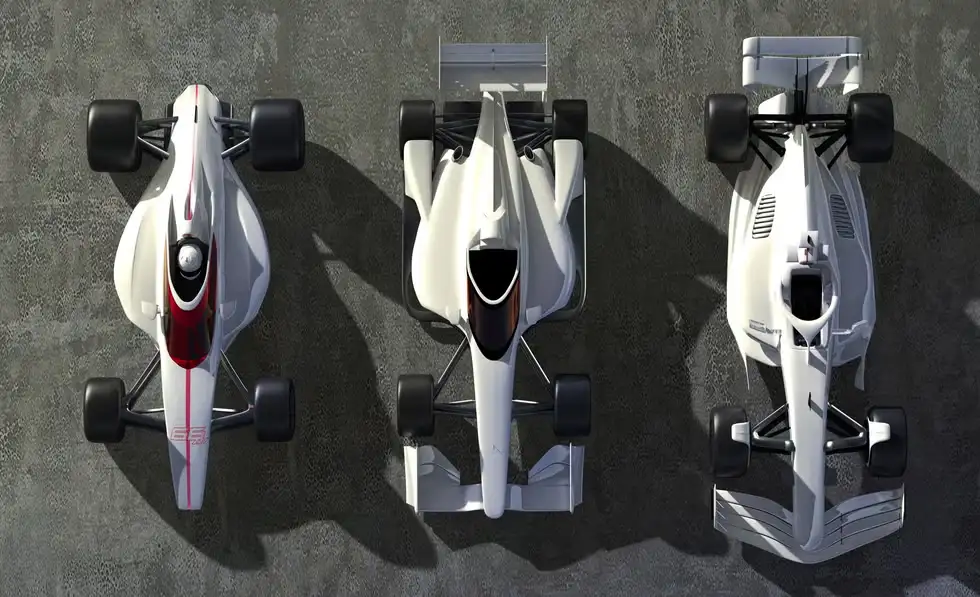
Minimal Performance Impact
Despite radical changes, Hildebrand calculates that removing 20% of downforce would only reduce lap times by 1-1.5%. This minimal impact could be offset by reducing weight and increasing power output significantly.
The proposed twin-turbocharged 3.5-liter V-10 engine would generate massive power figures: 1,250 horsepower for road courses and 850 hp on ovals. Wider tires would compensate for the loss of aerodynamic grip with enhanced mechanical traction.
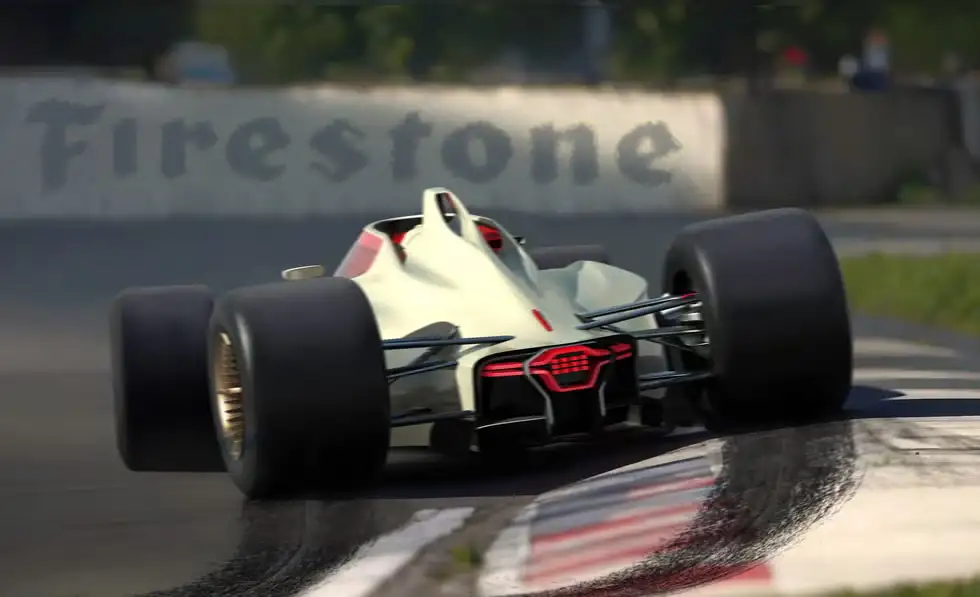
Enhanced Driver Showcase
The Blackbird concept aims to make driver talent more apparent to spectators. Without downforce masking vehicle dynamics, fans could better distinguish exceptional drivers from merely competent ones during on-track battles.
Higher straight-line speeds would create more intense braking zones, forcing drivers to manage unstable vehicles while slowing for corners. This combination would showcase driving skills currently hidden by aerodynamic stability.
Industry Experience Informs Vision
Hildebrand’s proposal stems from 15 years of professional racing experience, including his near-victory at the 2011 Indianapolis 500. He describes feeling “underwhelmed” by top-tier racing cars that lack the chaotic excitement of basic go-karts.
The concept represents extensive collaboration with motorsports professionals and concept designer Patrick Faulwetter. While currently theoretical, Hildebrand hopes to generate enough interest for virtual simulation or physical testing.
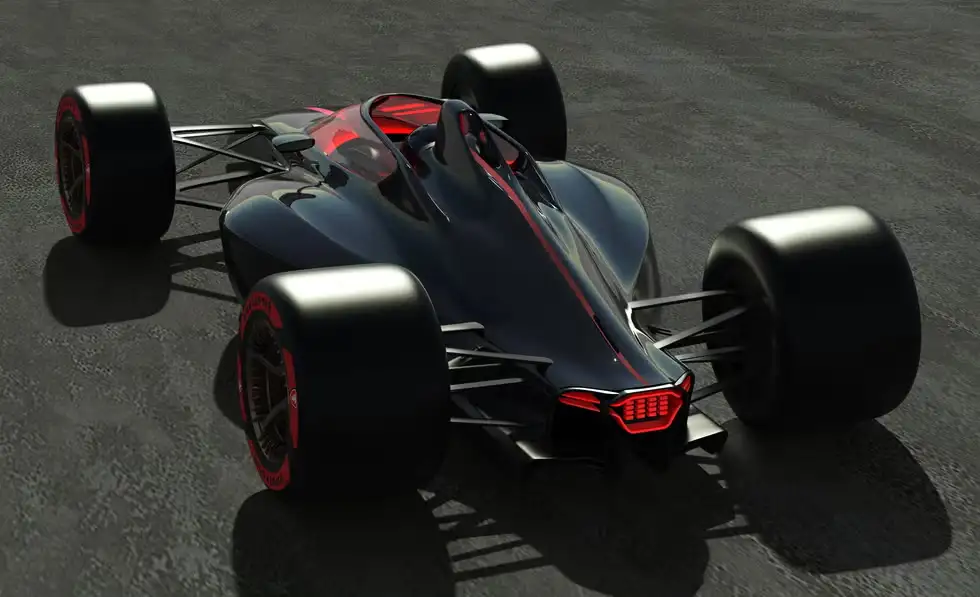
Safety Through Innovation
The design prioritizes crash energy management by maintaining reasonable cornering speeds while allowing higher straight-line velocities. Greater reliance on tire grip would give drivers more opportunities to scrub speed before impact.
“Safety is a function of crashing energy, and crashing energy is essentially a function of cornering speed,” Hildebrand noted. The formula aims to keep corner speeds in check while maximizing excitement.
Seeking Industry Support
While Hildebrand has spent nearly a year developing the concept, he acknowledges the need for backing to move forward. He hopes the proposal will generate enough discussion to attract investment for further development.
The project addresses longstanding industry conversations about making racing more engaging for fans. Though how long does it take to buy a car varies for consumers, Hildebrand believes motorsports needs immediate action to recapture its primal appeal.
“I’ve been staring at this car for the better part of a year now, and I can’t unsee it,” Hildebrand stated. His conviction reflects growing sentiment within motorsports that radical change may be necessary to revitalize open-wheel racing’s spectacle.

I am a senior automotive analyst at Autvex. Expert vehicle evaluations, in-depth reviews, and objective analysis helping readers make informed automotive decisions with years of industry experience.

